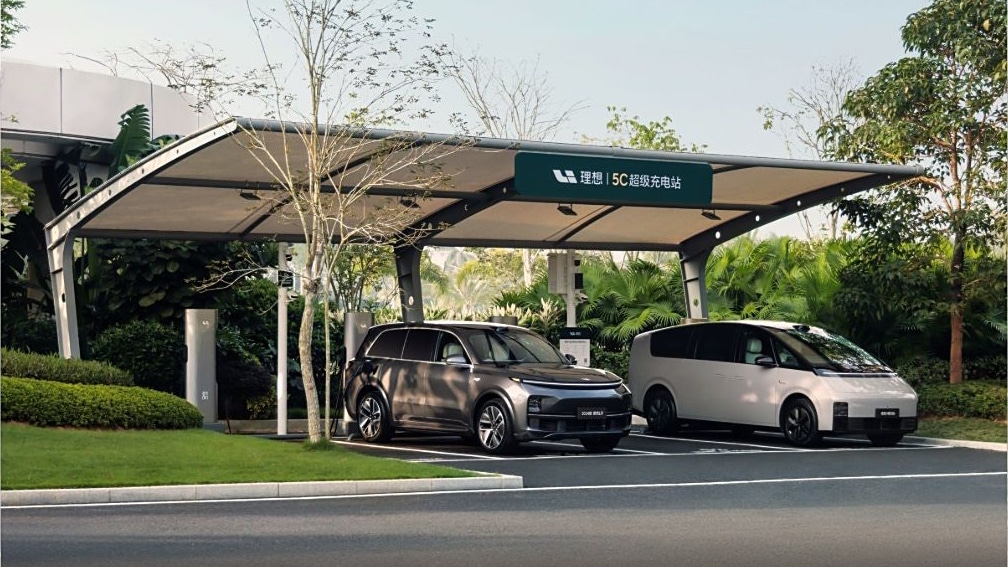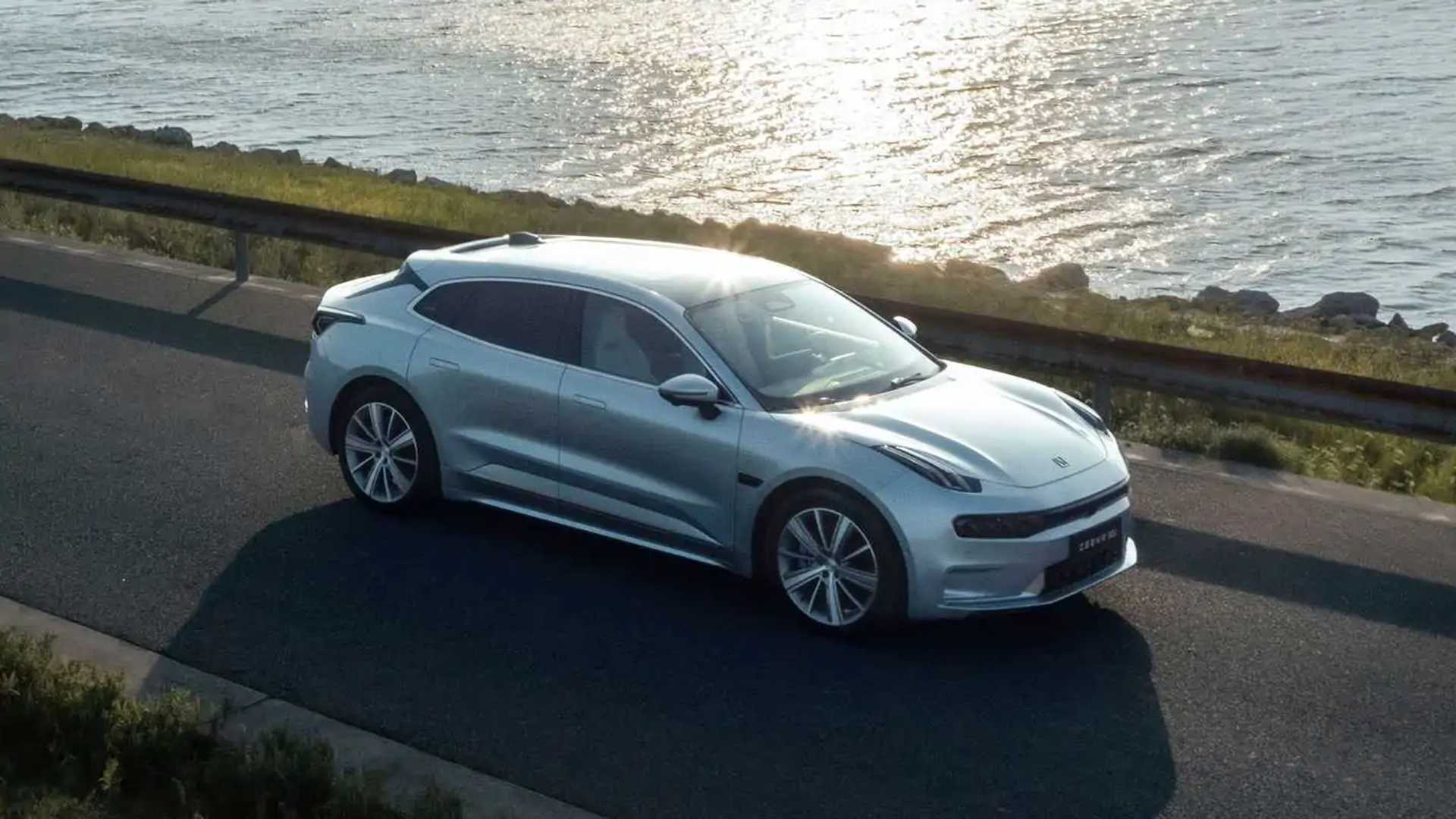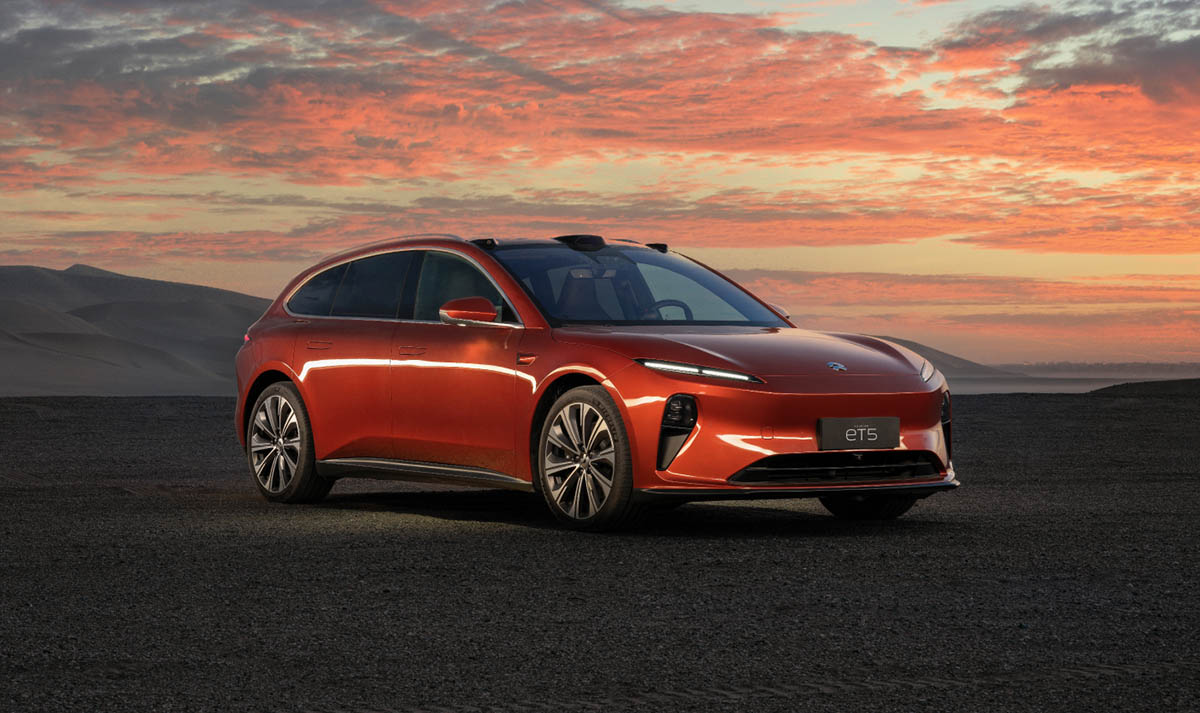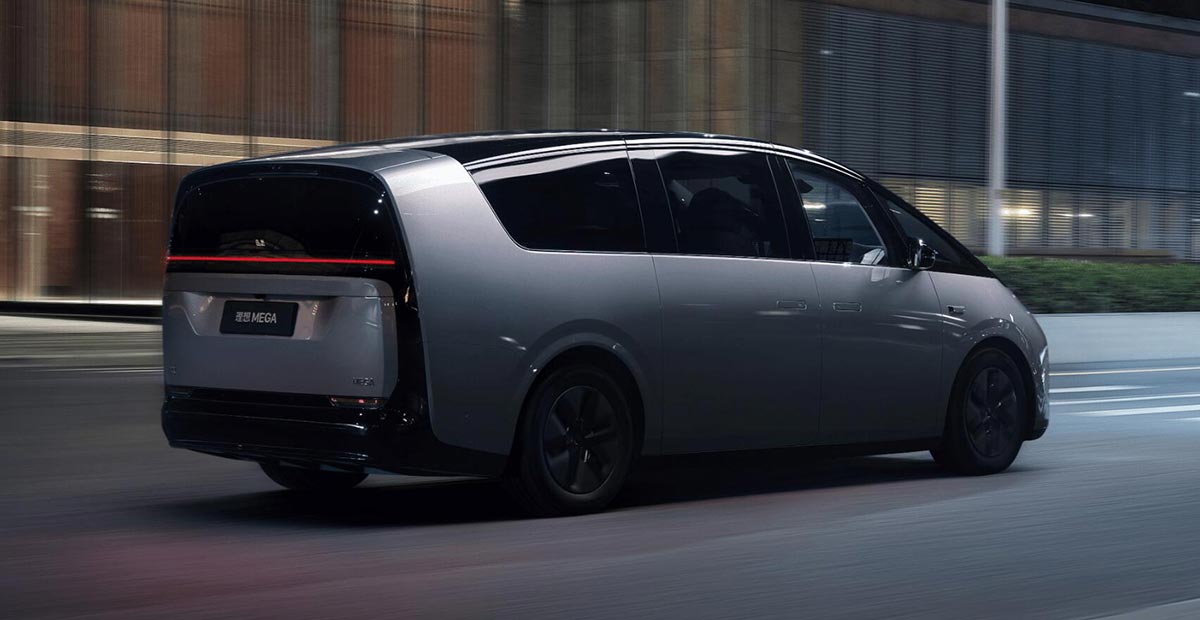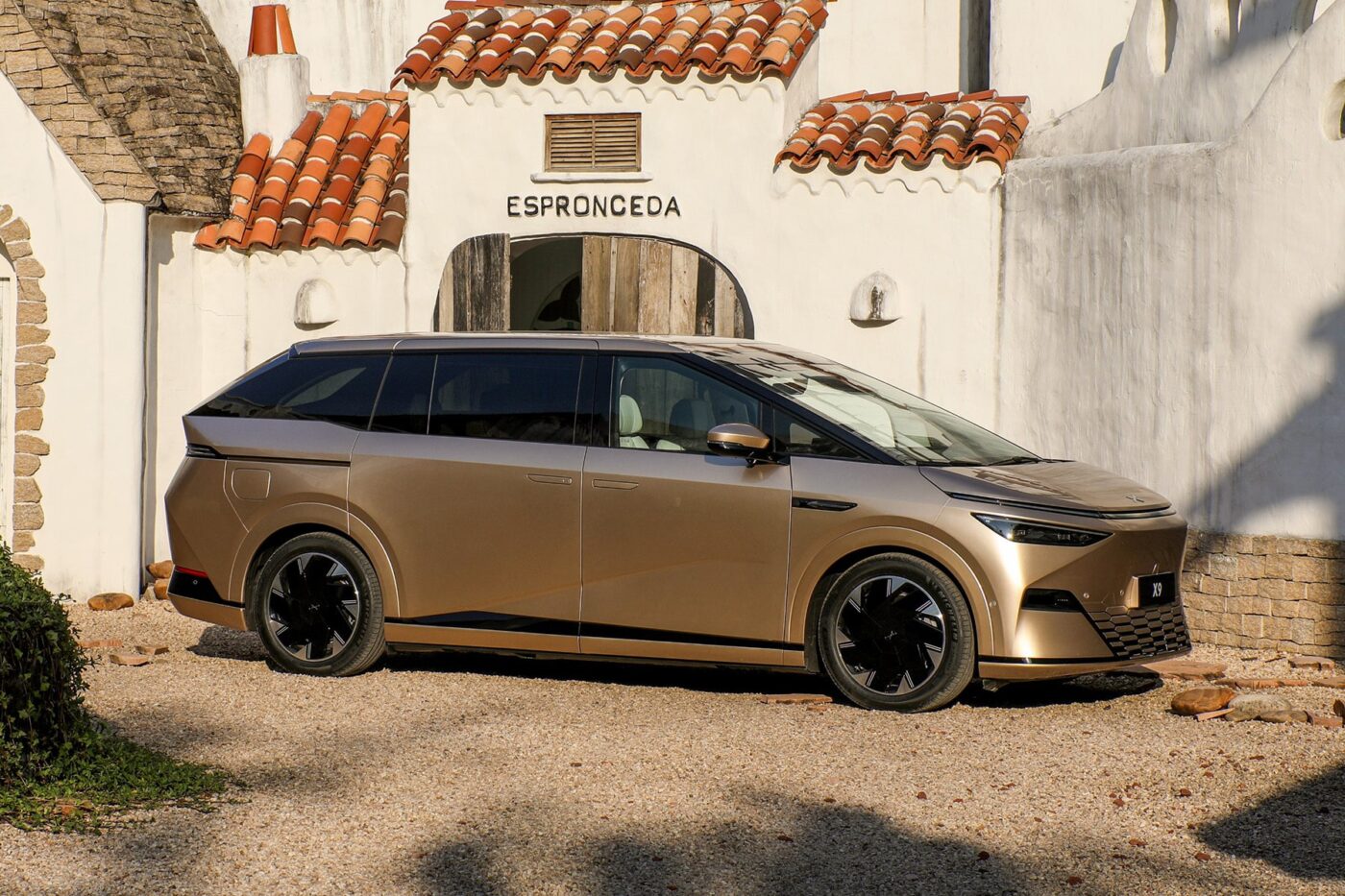Li Auto has reached a significant milestone by opening its 500th supercharging station, showing notable progress from the recent launch of its 400th station just 43 days earlier. However, the company is confronted with the substantial task of meeting its ambitious goal of installing over 2000 supercharging stations by the end of 2024.
Achieving this target would necessitate installing an average of 250 supercharging stations monthly during the latter half of the year, a rate far surpassing current levels. A recent partnership with CNPC, China’s largest petroleum company, to deploy charging facilities at its service stations nationwide could potentially aid Li Auto in achieving these objectives.
Initially recognized for its range-extended SUVs, Li Auto has diversified its lineup to include the Mega MPV, its first all-electric vehicle. Sales of the Mega, however, reportedly fell short of expectations, prompting Li Auto to postpone the launch of additional electric models until 2025. Concurrently, the company faces legal challenges, including a recent class action lawsuit in the United States alleging misleading statements regarding demand for the Mega.
The supercharging stations, utilizing 5C charger technology unveiled at last year’s Shanghai Auto Show, are designed to support Li Auto’s CATL Qilin battery, capable of rapid charging. Each station is planned to feature an average of five charging piles, potentially accommodating up to 25 cars per hour under optimal conditions. However, the majority of electric vehicles in China do not currently support such high-speed charging, which could impact overall station efficiency.
Presently, 416 out of the 500 installed supercharging stations are strategically situated along major highways such as the G2 Beijing-Shanghai Expressway and G4 Beijing-Hong Kong-Macao Expressway, addressing critical infrastructure gaps in EV mobility across China. Li Auto’s expansion strategy aims to achieve comprehensive coverage, targeting 90% of key urban areas and over 70% of national highways with its supercharging network.

